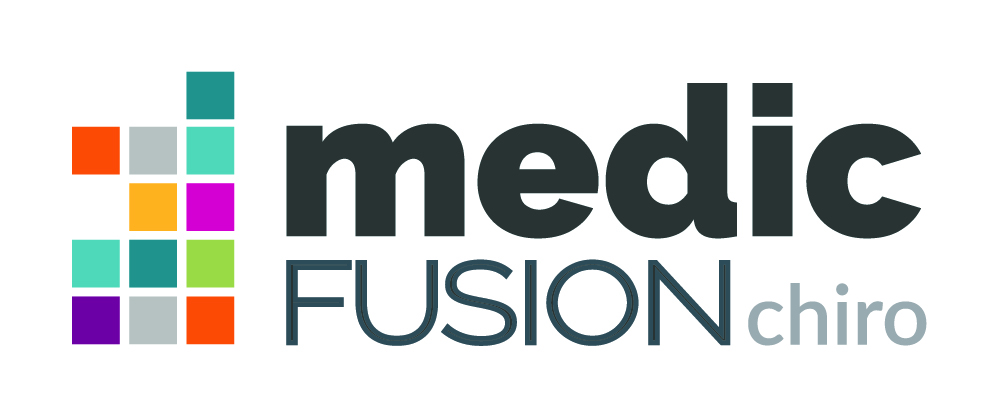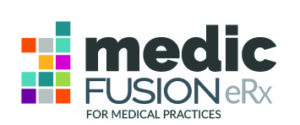‘Patient Engagement’ seems to be a hot phrase in healthcare right now—and it is not something to be ignored. Studies show that when patients are engaged with their care, outcomes are better and costs are lower. You may have already established some degree of patient engagement within your practice: Your check-in process, intake forms and patient portal, for example. However, there are several levels to patient engagement, and these tools are just the beginning. There’s so much more you—and your patients—can do.
The good news is that many of your patients today are technology-minded and would be willing to use digital tools to assist in their recovery. This “active engagement” model produces positive outcomes, satisfied patients, and increased referrals. So how do you ensure you have a solid digital engagement strategy for your own practice? Here are a few ideas.
- Start by educating your patients about their condition, your recommended treatment plan and their commitment to doing their part. Understanding what is causing the back or neck pain and how your treatment will help is only part of their recovery. Patients need to understand that the success of their recovery is dependent on what they do between visits, not just how you treat them during the visit.
- Work together with your patients to develop a treatment plan that includes upcoming appointments and a very specific exercise routine that they can do at home. Providing them with a way to track their progress between visits will give you an opportunity to review the plan at the beginning of each treatment session. This will also enable you to document their changes and acknowledge their efforts.
- When looking for the proper technology tools to assist you with patient education, be sure to choose a program that is simple for your patients to use and can also integrate with your in-house technology. Being able to prescribe online exercises and having that information automatically feed into your electronic notes will save you time by not having to enter the information manually and will make tracking the results easier.
- By electronically recording the exercise prescriptions directly into the SOAP note, you will be able to submit this activity for insurance reimbursements. This is not something you can do if you are just distributing exercises on paper to your patients.
We live in a society that has become accustomed to having information on demand at our fingertips. Internet statistics are staggering:
- 3.5 billion searches per day occur just on Google alone
- 72% of U.S. Internet users have gone online in the past year specifically for health-related information, according to a recent study by the Pew Research Center’s Internet & American Life Project
- The most accessed online resources for health-related information are: 56% searched WebMD, 31% on Wikipedia, 29% on health magazine websites, 17% used Facebook, 15% used YouTube, 13% used a blog or multiple blogs, 12% used patient communities, 6% used Twitter and 27% used none of the above. (source: Mashable)
- 19% of smartphone owners have at least one health app on their phone. Exercise, diet, and weight apps are the most popular types. (source: Demi & Cooper Advertising and DC Interactive Group)
What does this mean to you and your practice? By utilizing technology to engage your patients, they will be more actively involved with their health which will result in more positive outcomes, satisfied patients, more referrals and ultimately more revenue.
Be sure to watch for our next article where we will discuss ideas for patient plans that encourage active care and patient engagement.
We welcome your feedback! To submit your comments, please email marketing@medicfusion.com.


